The additive factor
Additive manufacturing offers design flexibility, mass customisation, process sustainability and rapid product development.
====
Additive Manufacturing (AM) is different from the subtractive method of production, which envisages grinding out unnecessary material from a block of material. Additive manufacturing involves a layer-by-layer addition of material to form an object while referring to a three-dimensional file with the help of a 3D printer and 3D printer software.
“Additive manufacturing is helping manufacturers in prototyping, designing structures and end products, modelling and shortening time to market. As a result, production expenses have considerably reduced and manufacturers are in a better position to offer products at reasonable prices. The adoption of 3D printers is expected to increase as a result of these benefits,” explained analyst, Grand View Research, in its recent report on additive manufacturing.
There are several additive manufacturing technologies used in the market. These include stereolithography; fuse deposition modelling (FDM); direct metal laser sintering (DMLS); selective laser sintering (SLS); inkjet printing; polyjet printing; laser metal deposition and electron beam melting (EBM); digital light processing (DLP); laminated object manufacturing and others.
AM offers design flexibility, mass customisation, process sustainability and rapid product development. The term AM also encompasses many technologies including subsets such as 3D printing; rapid prototyping (RP); direct digital manufacturing (DDM); layered manufacturing and additive fabrication. AM categories include VAT photopolymerisation; binder jetting; material extrusion; powder bed fusion; sheet lamination and directed energy deposition (DED).
Market drivers and barriers
According to analyst Grand View Research, the global additive manufacturing market size was valued at US$ 20.37 billion in 2023 and is expected to grow a CAGR of 23.3% from 2023 to 2030. A total of 2.2 million units of 3D printers were shipped globally in 2021 and the unit shipments are expected to reach 21.5 million units by 2030.
It expects factors such as the growing demand for prototyping applications from various industries and industry verticals (particularly healthcare, automotive and aerospace & defence, as well as aggressive research and development in 3D printing) to drive growth of the market.
“However, misconceptions among small- and medium-scale manufacturers about the prototyping processes are hindering the adoption of additive manufacturing. These manufacturers are deliberating before considering investments in prototyping as accountable investments, rather than trying to realize the benefits of prototyping. The general notion is that prototyping is merely an expensive phase before manufacturing. Such perceptions and the looming lack of technical knowledge and standard process controls are expected to restrain growth of the market,” cautioned the analyst.
The additive manufacturing market has witnessed a significant degree of innovation, marked by continuous advances in printing materials, printing technologies and the expansion of applications across diverse industries. Ongoing research and development efforts have led to the introduction of more sophisticated and efficient 3D printers, enabling the production of complex and functional objects with improved speed and precision. The dynamic landscape reflects a continuous quest for innovation. Additive manufacturing is increasingly positioned as a transformative technology, driving advances in manufacturing and design processes.
An eye on innovation
“The target market is also characterised by a high level of mergers and acquisitions by the leading players. This is driven by the pursuit of market consolidation and strategic expansion. Companies engage in these transactions to access complementary technologies, broaden their product portfolios and achieve economies of scale. The dynamic nature of the industry, coupled with the need for innovation and global competitiveness, motivates businesses to pursue mergers and acquisitions as a strategic approach to enhance their position in the evolving additive manufacturing market,” added Grand View Research.
According to the analyst, the industrial 3D printer segment dominated the market in 2022 and accounted for a revenue share of more than 76%. Industrial 3D printers are being adopted extensively across various for applications such as prototyping, designing and tooling. Desktop 3D printers are now increasingly being used for household and domestic purposes. Schools, educational institutes, and universities are also adopting desktop 3D printers for technical training and research purposes.
“Smaller businesses are typically adopting desktop 3D printers and diversifying their business operations to offer additive manufacturing and other related services. Hence, the demand for desktop printers is expected to rise significantly over the forecast period,” added the analyst.
Market characteristics
The additive manufacturing market faces regulatory scrutiny, with authorities focusing on ensuring the safety and quality of printed products, especially in industries such as healthcare, where medical devices are produced. Impactful regulations play a role in shaping industry standards and influencing the adoption of additive manufacturing technologies, particularly in fields where stringent quality control is paramount. As additive manufacturing continues to advance, ongoing regulatory developments and adherence to standards become crucial factors in determining the market's trajectory and acceptance across various sectors.
“Substitutes for additive manufacturing in the manufacturing sector include traditional manufacturing methods such as injection moulding and CNC machining, offering alternatives for certain production needs. Additionally, rapid prototyping services using alternative technologies such as stereolithography or selective laser sintering may serve as substitutes in specific applications. Emerging additive manufacturing technologies and advances in traditional manufacturing methods also contribute to the evolving landscape of alternatives for the additive manufacturing market,” explained Grand View Research.
“The end-user industry concentration in the additive manufacturing market exhibits diversification, with significant adoption observed in sectors such as healthcare, aerospace and automotive. Healthcare applications include the production of customised medical implants, while aerospace leverages AM for lightweight and complex components. In the automotive sector, AM is increasingly utilised for prototyping, production tooling and the creation of lightweight structures, showcasing a broad spectrum of applications across various industries,” added the analyst.
Applications and regional analysis
The stereolithography segment, said Grand View Research, dominated the market in 2022 and accounted for a revenue share of more than 10%. Stereolithography is one of the oldest and most conventional printing technologies. In terms of applications, the prototyping segment dominated the market in 2022 and accounted for a revenue share of more than 54%. The functional parts segment is expected to grow at a significant CAGR of 24% from 2023 to 2030.
Key market sectors for the technology include automotive; aerospace; defence and healthcare (including dental). For example, interior aircraft parts (such as ducting, vents and airflow systems which are created with additive manufacturing) enable designers to trim weight, reduce the number of components in the assemblies and conform to tight cabin interiors. AM provides design freedom to experiment with more effective and efficient part shapes, with fewer potential points of failure.
To read the rest of this article in the April 2024 issue of ISMR, please see https://joom.ag/J6Zd/p20


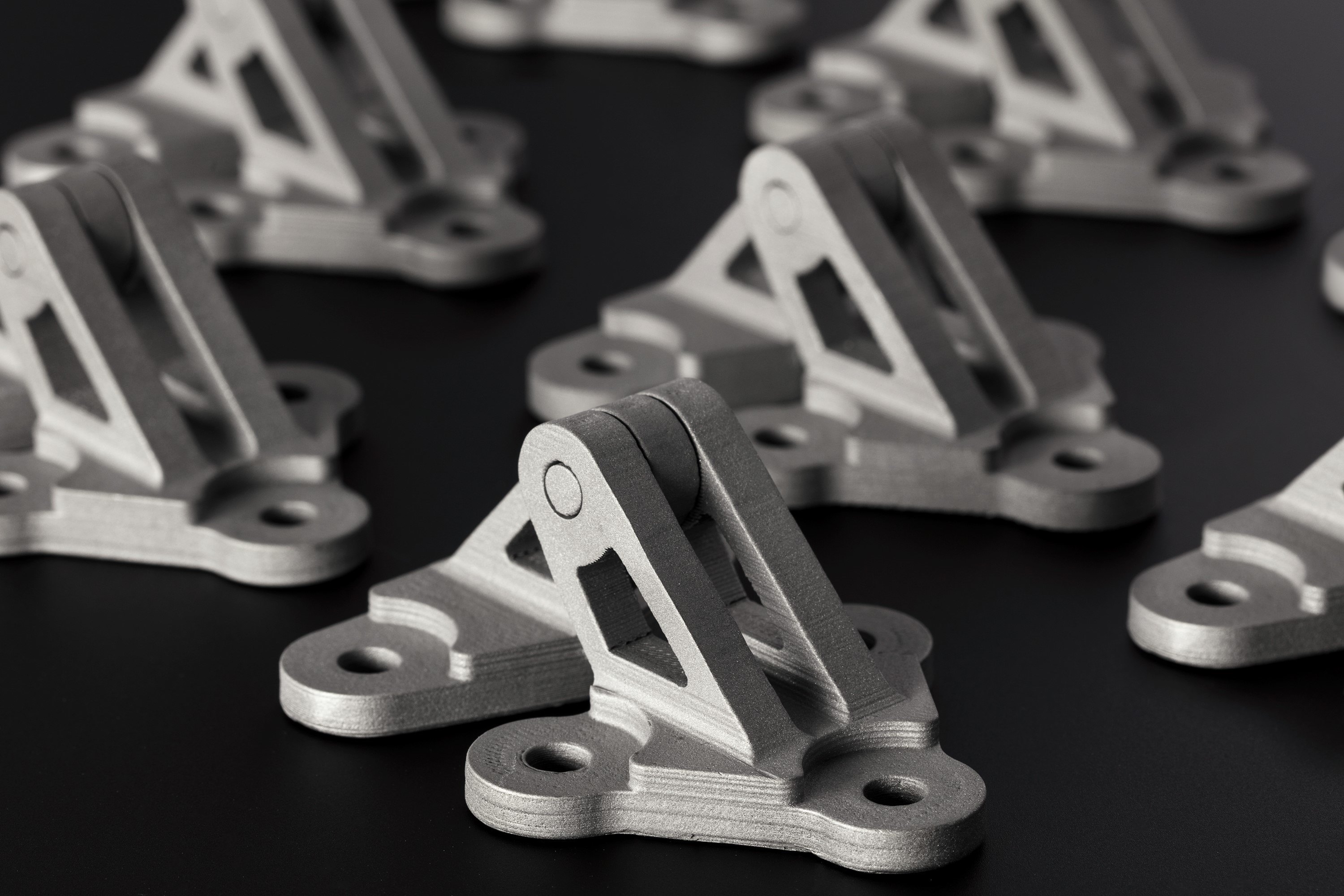
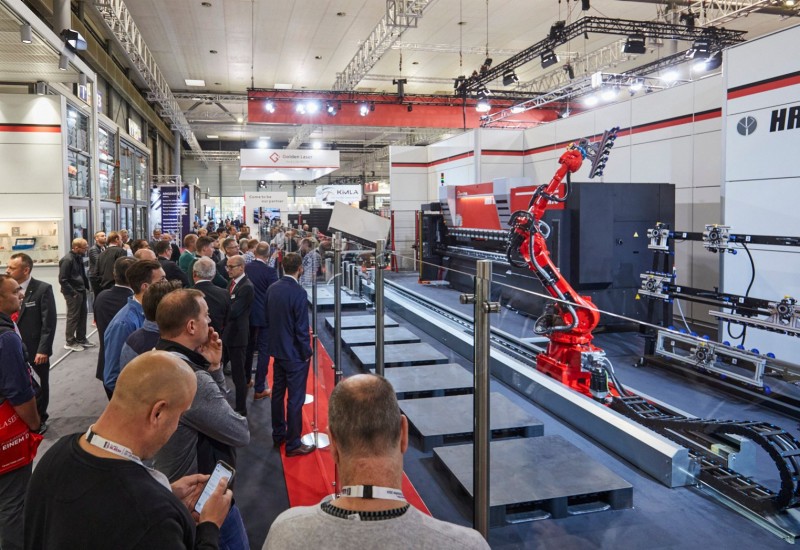
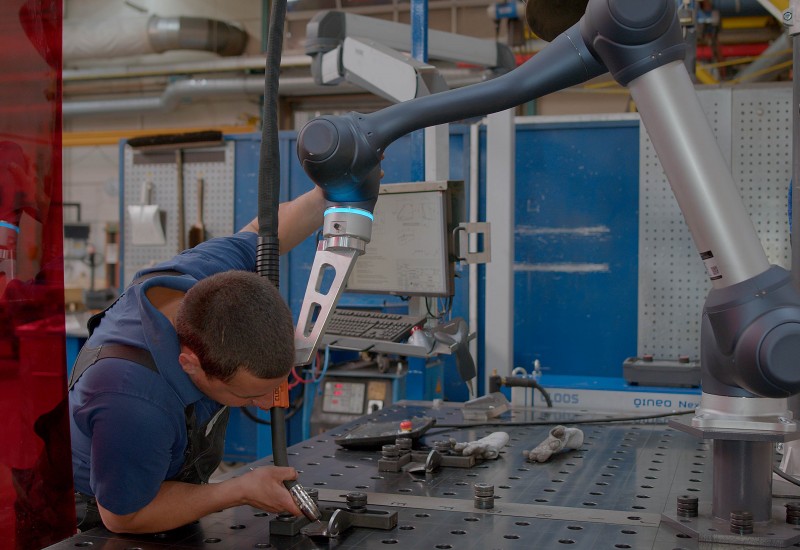
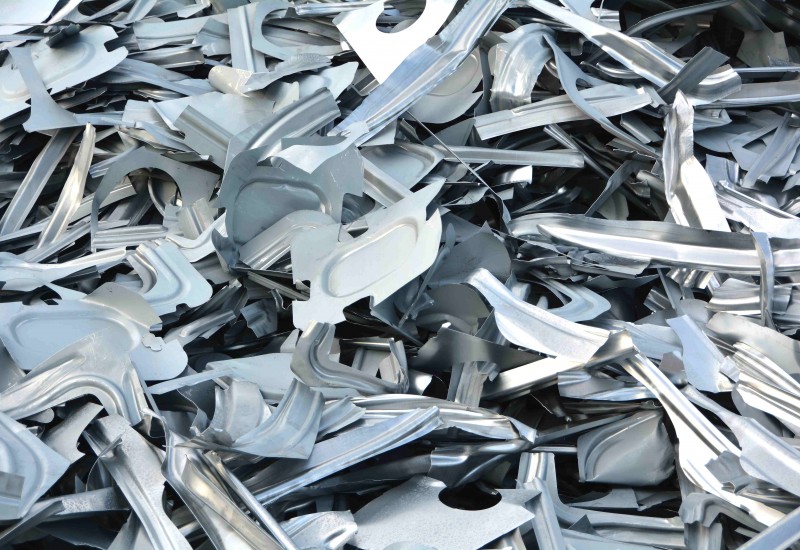
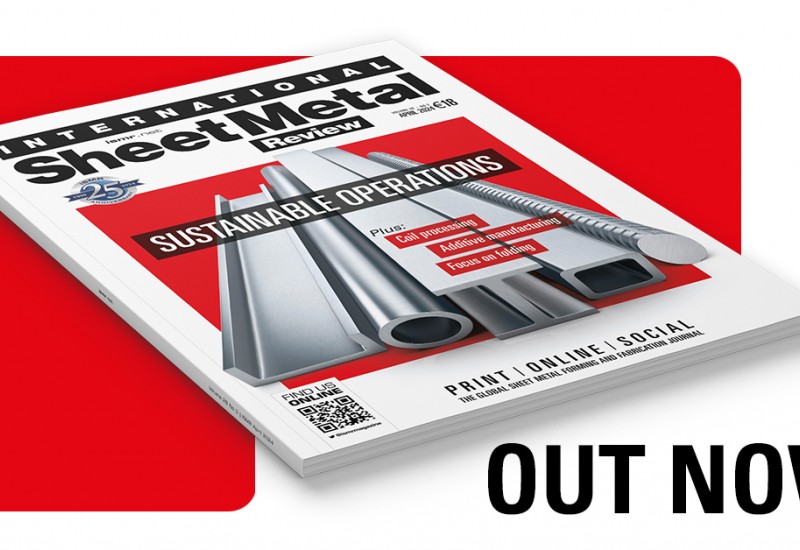
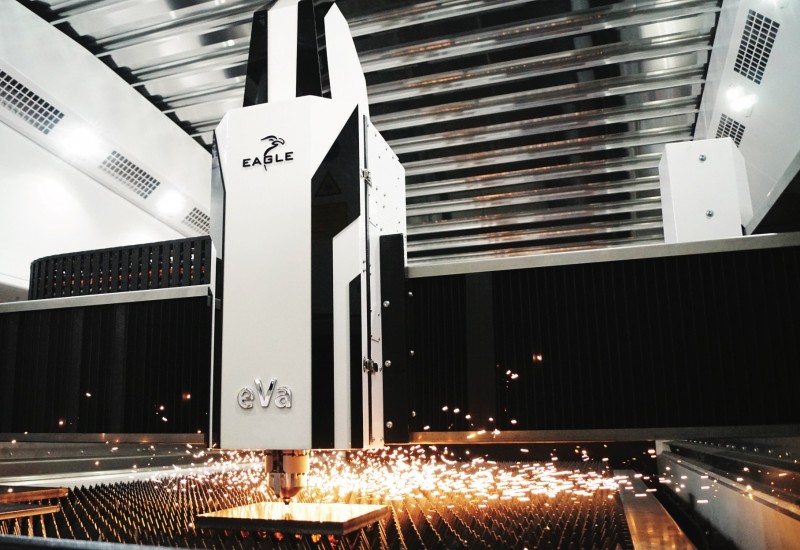
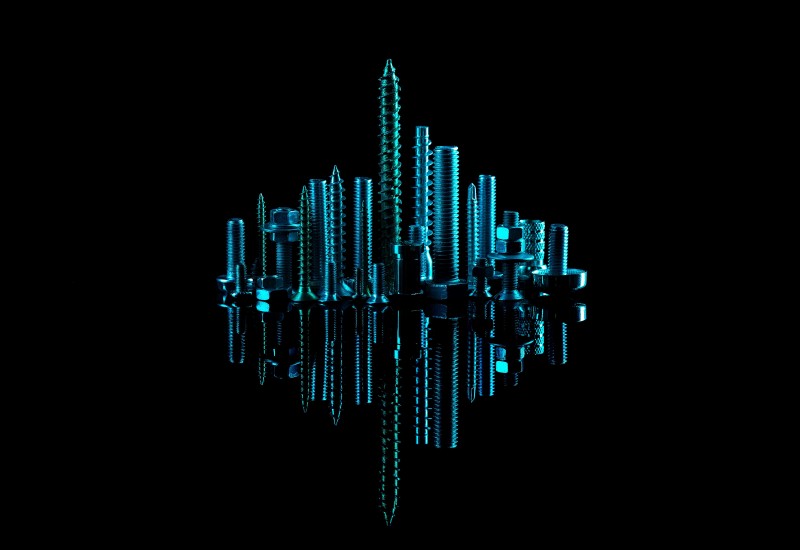

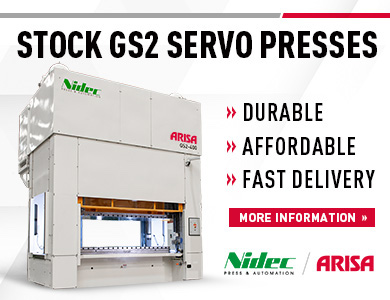

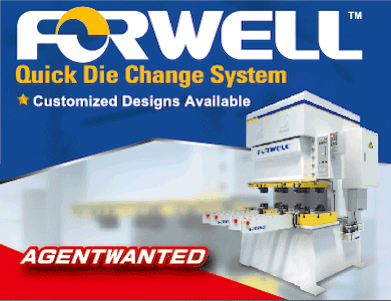

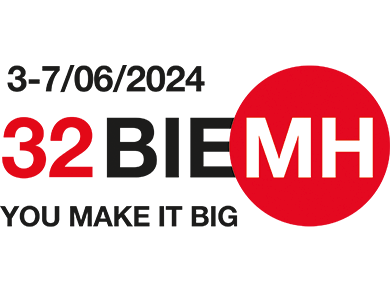

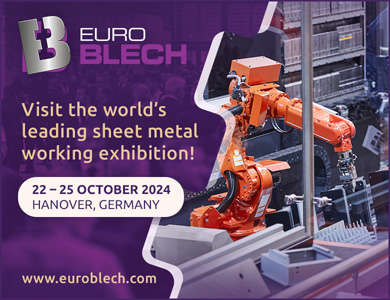
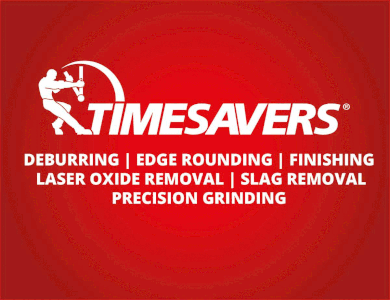

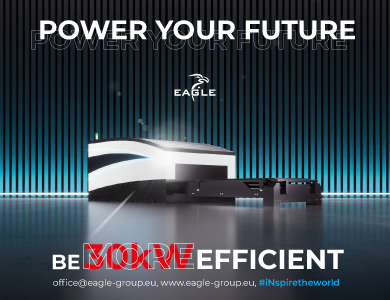
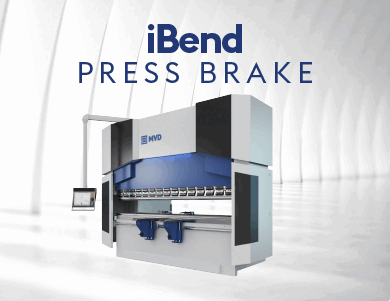
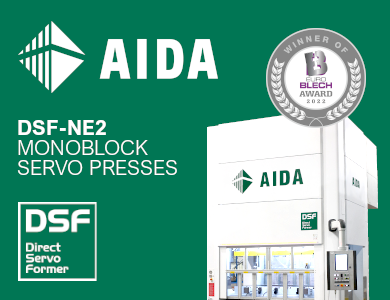
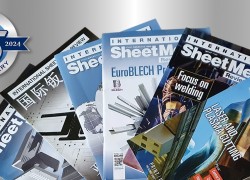
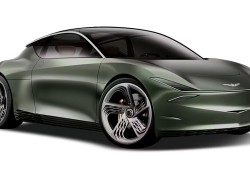
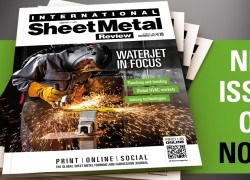
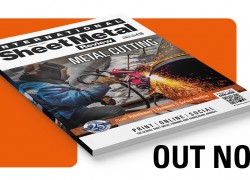

Recent comments